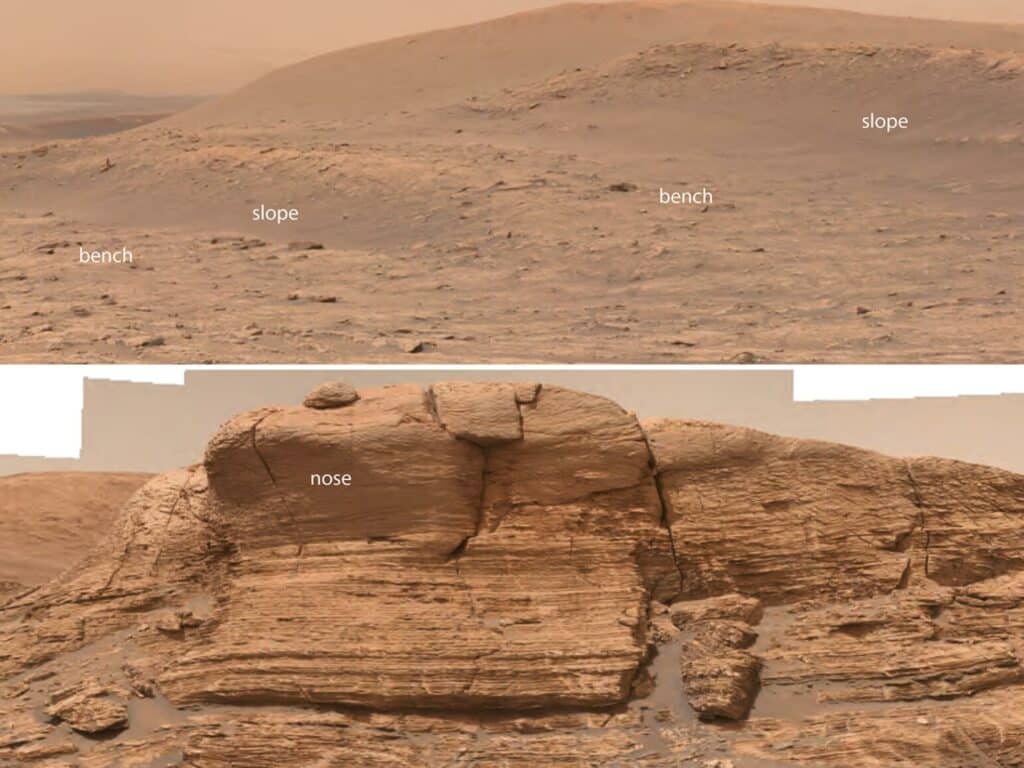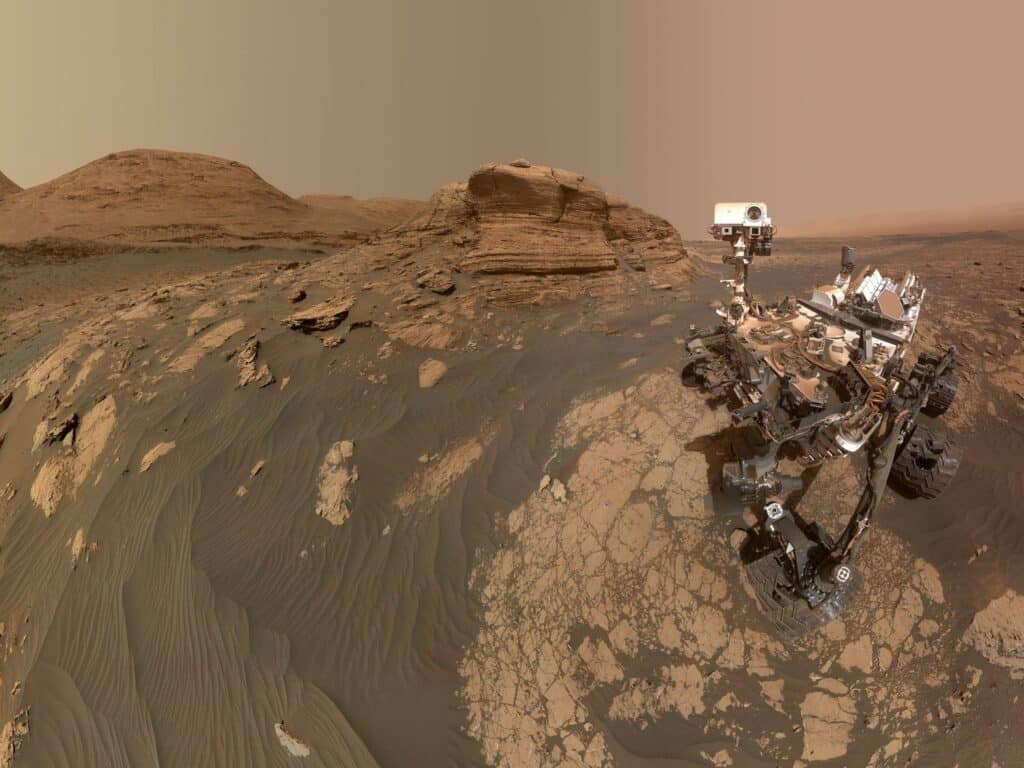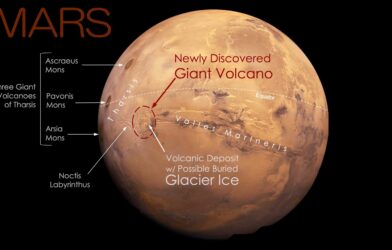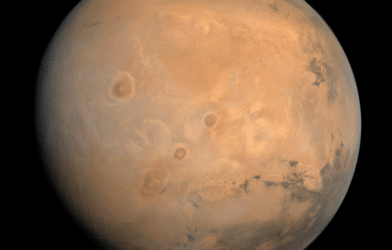Mars may have once been a world of flowing rivers and potentially habitable conditions, thanks to evidence discovered by NASA’s Curiosity rover. Researchers from Penn State University used advanced numerical models to simulate the erosion processes that have occurred on Mars over millennia. The results of their analysis point to the intriguing possibility that many of the craters seen on Mars today were once ancient riverbeds.
One of the most significant findings of the study is the association of common crater formations on Mars, known as bench-and-nose landforms, with ancient riverbeds. These formations, which had never before been linked to eroded river deposits, are now believed to be remnants of the planet’s ancient river systems.
Benjamin Cardenas, an assistant professor of geosciences at Penn State, says evidence of rivers on Mars isn’t isolated to just one area, either. “We see signs of this all over the planet,” he says in a university release.
The research team’s approach was innovative. They used a computer model trained on a combination of satellite data, images captured by NASA’s Curiosity rover, and 3D scans of Earth’s stratigraphy — the layers of rock deposited over millions of years — from beneath the seafloor in the Gulf of Mexico.
“We have everything to learn about Mars by better understanding how these river deposits can be interpreted stratigraphically, thinking about rocks today as layers of sediment deposited over time,” says Cardenas. “This analysis is not snapshot, but a record of change. What we see on Mars today is the remnants of an active geologic history, not some landscape frozen in time.”
Previous studies based on satellite data from Mars had identified fluvial ridges as potential candidates for ancient river deposits. However, the Curiosity rover’s findings at Gale crater revealed river deposits that were not associated with fluvial ridges. Instead, they were connected to bench-and-nose landforms, suggesting that undiscovered river deposits could exist elsewhere on the planet.

“This suggests that there could be undiscovered river deposits elsewhere on the planet, and that an even larger section of the Martian sedimentary record could have been built by rivers during a habitable period of Mars history,” notes Cardenas. “On Earth, river corridors are so important for life, chemical cycles, nutrient cycles and sediment cycles. Everything is pointing to these rivers behaving similarly on Mars.”
To develop their computer model, Cardenas and his team found a surprising use for 25-year-old scans of Earth’s stratigraphy, originally collected by oil companies. These scans, which recorded Earth’s seafloor stratigraphy beneath the Gulf of Mexico, served as an ideal comparison to Mars.
Using the Earth scans, researchers simulated Mars-like erosion processes. The model revealed that topographic benches and noses formed as a result of erosion, resembling landforms observed by the Curiosity rover inside the Gale crater.
“Our research indicates that Mars could have had far more rivers than previously believed, which certainly paints a more optimistic view of ancient life on Mars,” explains Cardenas. “It offers a vision of Mars where most of the planet once had the right conditions for life.”
The study is published in the journal Geophysical Research Letters.












